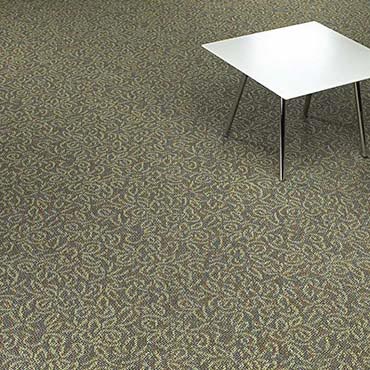Commercial Cut Pile

The Evolution of Commercial Cut Pile Carpet: A Guide for Architects, Interior Designers, and Buyers
Introduction
In the realm of commercial floor coverings,
cut pile carpet holds a significant place. Revered for its plush texture, aesthetic versatility, and enduring comfort, it is a popular choice among architects, interior designers, and commercial buyers. This article delves into the intricacies of commercial cut pile carpet, exploring its construction, types, benefits, applications, and considerations vital for professionals in the design and procurement sectors.
Understanding Cut Pile Carpet
Cut pile carpet is characterized by its construction, where the fibers are cut to the same height and allowed to tuft slightly. This process creates a dense, soft surface that is inviting underfoot. The yarn used can be of various types, including nylon, polyester, wool, or a blend, each contributing unique characteristics to the carpet.
Types of Cut Pile Carpet
- Textured Plush: Ideal for hiding footprints and vacuum marks, this type is perfect for busy commercial spaces.
- Saxony: Known for its elegant appearance, Saxony is suited for formal areas but may show footprints and vacuum marks.
- Frieze: With its short, durable, twisted fibers, Frieze is excellent for high-traffic areas, offering longevity and easy maintenance.
- Cable: Comprised of thicker, longer fibers, cable carpets are incredibly comfortable but may not be ideal for high-traffic commercial environments.
Advantages of Cut Pile Carpet in Commercial Spaces
- Aesthetic Appeal: Cut pile carpets offer a luxurious look, enhancing the visual appeal of commercial spaces.
- Comfort and Insulation: The dense nature provides excellent comfort underfoot and acts as an insulator, contributing to energy efficiency.
- Noise Reduction: This carpet type is effective in dampening sounds, making it ideal for offices and hospitality environments.
- Air Quality Improvement: Carpets trap dust and allergens, potentially improving indoor air quality if regularly maintained.
Applications in Commercial Spaces
Cut pile carpet finds its place in various commercial settings:
- Corporate Offices: For creating a warm, inviting atmosphere in boardrooms and executive spaces.
- Hotels: In suites and lobbies, offering luxury and comfort.
- Educational Facilities: Providing a comfortable, noise-reduced environment conducive to learning.
- Healthcare Facilities: Used in waiting areas and private rooms for a more homelike atmosphere.
Design Considerations
When selecting a cut pile carpet for commercial spaces, architects and designers should consider:
- Traffic Levels: Choosing a type that aligns with the foot traffic of the area.
- Color and Patterns: Selecting hues and patterns that complement the space's design theme.
- Maintenance Requirements: Opting for carpets that are easy to clean and maintain, considering the commercial setting.
- Sustainability: Considering carpets made from recycled or eco-friendly materials for environmentally conscious projects.
Buying Tips for Commercial Buyers
- Quality vs. Cost: Balance between the durability of the carpet and the budget constraints.
- Warranty and Lifespan: Look for products with substantial warranties and known lifespans.
- Supplier Reputation: Choose suppliers known for their quality and service in the commercial carpet industry.
- Customization Options: Some suppliers offer customization in terms of color and pattern, which can be crucial for specific design requirements.
Conclusion
Commercial cut pile carpet remains a preferred choice for those seeking a blend of luxury, comfort, and practicality in commercial floor coverings. For architects, interior designers, and buyers, understanding the nuances of this carpet type is essential for making informed decisions that align with both aesthetic and functional requirements of commercial spaces. As the industry evolves, keeping abreast of the latest trends and innovations in cut pile
carpeting will ensure that commercial environments are not only visually appealing but also conducive to the activities they house.
Disclaimer: The information provided in this article is for general informational purposes only. While we strive to ensure the accuracy and reliability of the information presented, we make no warranties, express or implied, about the completeness, accuracy, reliability, suitability, or availability with respect to the content. Any reliance you place on such information is strictly at your own risk. We recommend consulting with professionals for specific advice tailored to your project’s needs, particularly regarding building codes, regulations, and product specifications.
Under no circumstances shall we be liable for any loss or damage, including without limitation, indirect or consequential loss or damage, arising from the use of, or reliance on, the information provided in this article.





